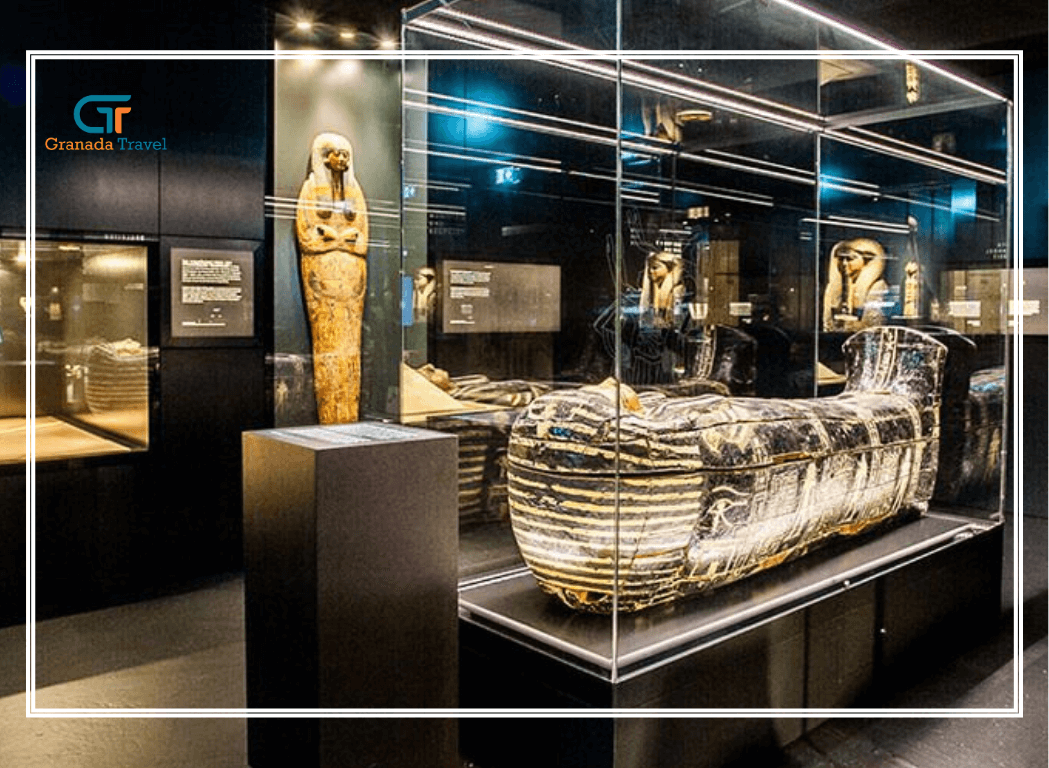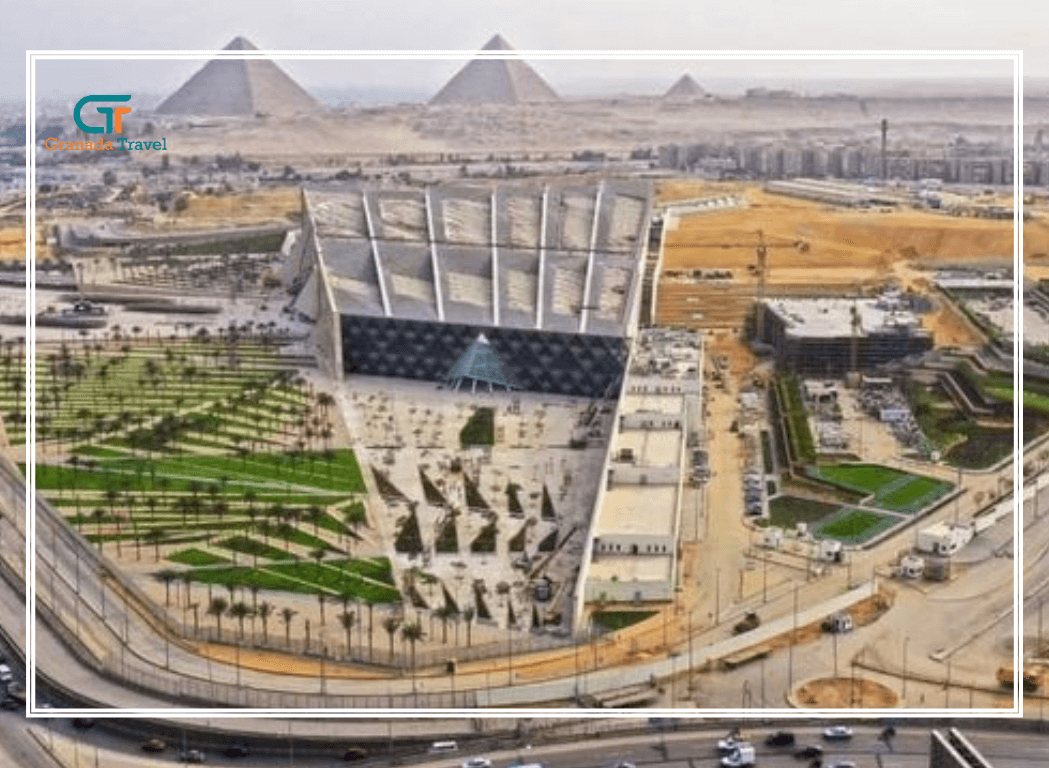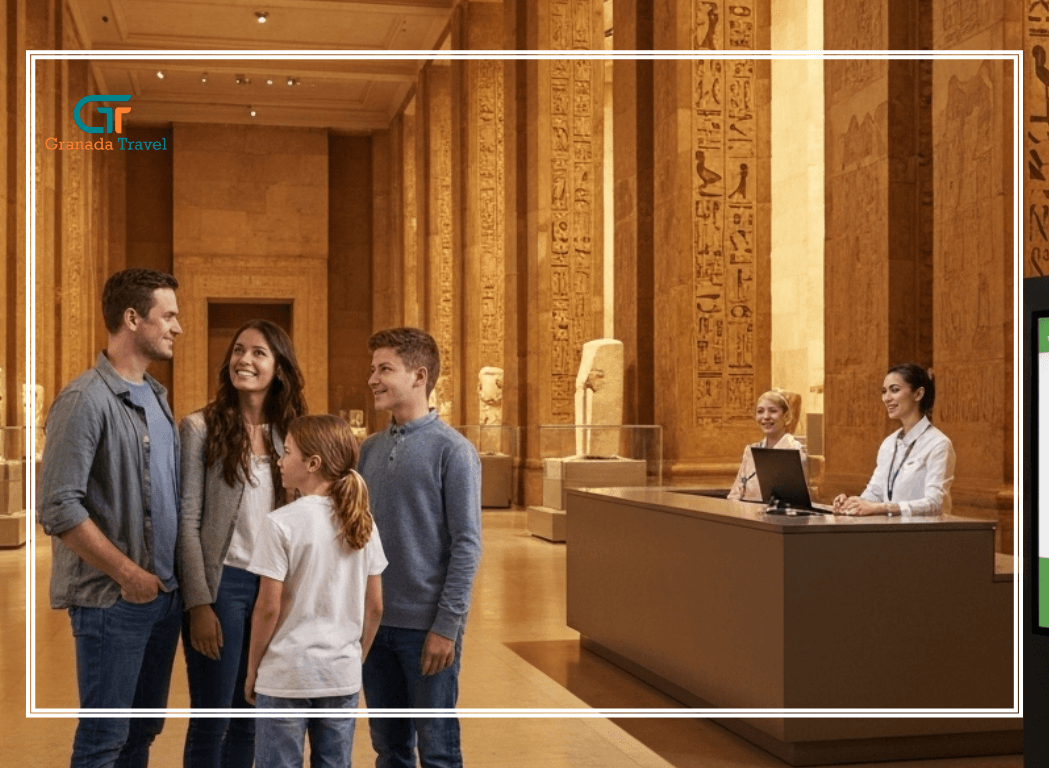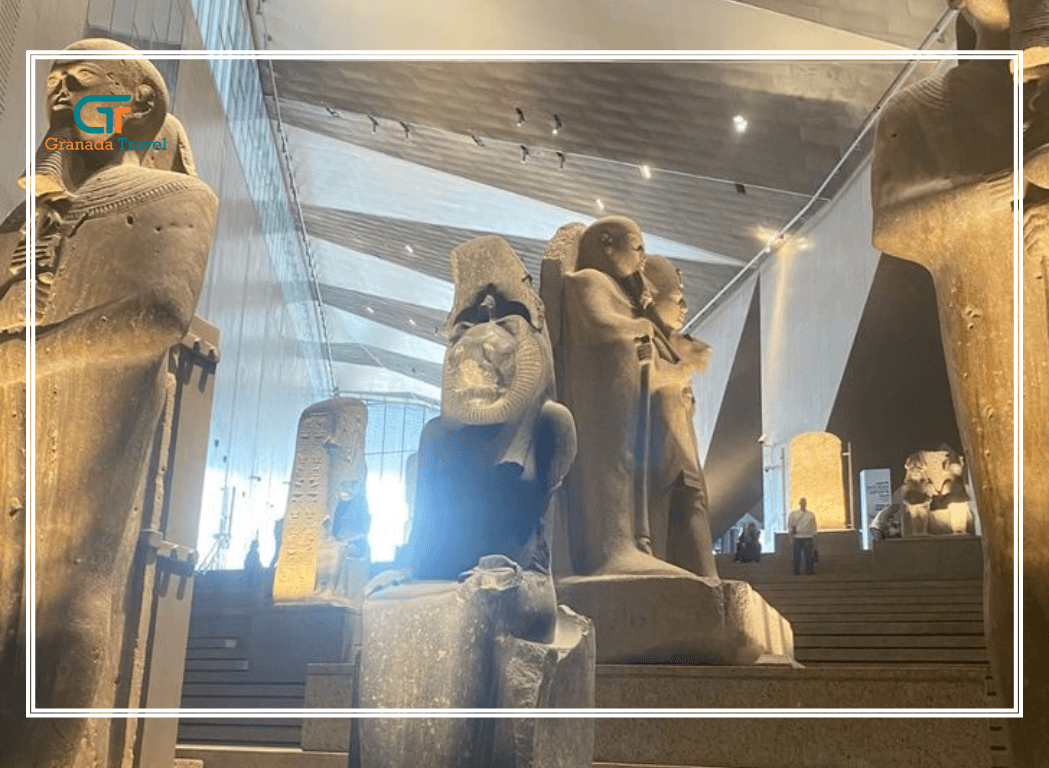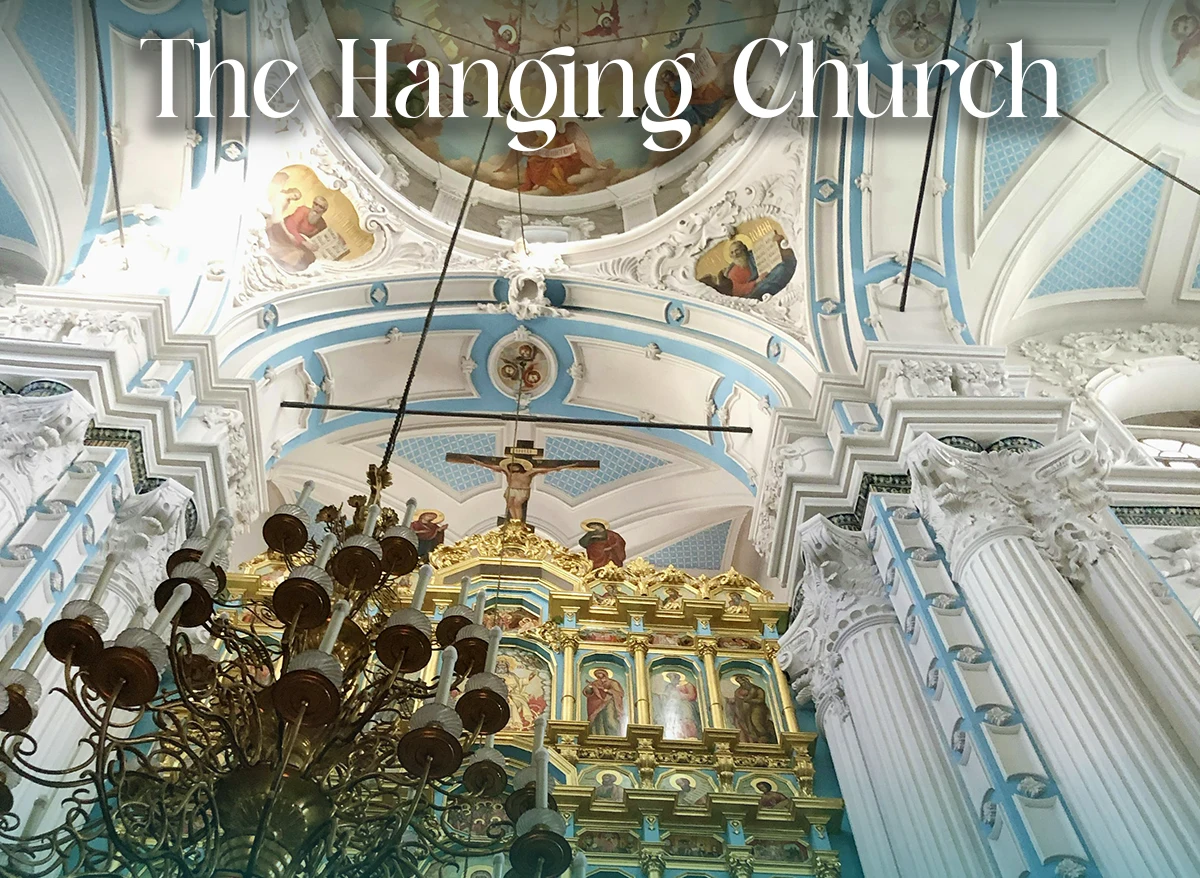
The Enduring Marvel of The Hanging Church: A Jewel of Coptic Cairo
Nestled within the ancient walls of Coptic Cairo, The Hanging Church stands as a testament to centuries of unwavering faith, architectural ingenuity, and profound cultural significance. Also known as Saint Virgin Mary's Coptic Orthodox Church, or Al-Muallaqa (the Hanging), this remarkable structure is not merely a historical site but a living monument, continuing to serve its vibrant Coptic Christian community. For anyone exploring the rich tapestry of Egyptian history and spirituality, a visit to The Hanging Church is an absolute must.
Why is it Called The Hanging Church? A Glimpse into its Unique Foundation
The most intriguing aspect of this sacred site, and indeed the source of its widely recognized name, lies in its unconventional construction. Why is it called The Hanging Church? It's because it was built atop the southern gatehouse of the Roman-built Babylon Fortress. Imagine a church seemingly suspended in the air, its nave spanning a passageway between the two ancient Roman towers. While the ground level has risen significantly over the millennia due to accumulated debris and dust, diminishing the "hanging" effect somewhat, the original concept was truly remarkable. Logs of palm trees and layers of stone were meticulously laid over the ruins of the fortress to form its foundation, creating a structure that, in its prime, would have indeed appeared to "hang" above its surroundings. This unique architectural feat makes The Hanging Church a marvel of early engineering and a fascinating example of adapting existing structures for new purposes.
A Journey Through Time: When Was The Hanging Church Built?
Pinpointing the exact date when was The Hanging Church built is a subject of scholarly discussion, but its roots stretch deep into antiquity. While some sources suggest its origins might even go back as far as the 3rd century AD, the current structure is generally believed to date from the 9th century, with significant renovations and additions over the centuries. This makes it one of the oldest Christian religious sites in Egypt, a witness to the ebb and flow of empires and the enduring presence of Christianity in the region. Its long history is marked by periods of prosperity and challenges, yet it has consistently served as a spiritual heart for the Coptic community.
The Heart of Coptic Cairo: What is the Most Famous Church in Cairo?
Among the many churches in the Egyptian capital, The Hanging Church undoubtedly holds a special place, often considered the most famous church in Cairo within the Coptic tradition. Its prominence is not just due to its age and unique architecture, but also its historical role. From the 7th to the 13th centuries, it served as the residence of the Coptic Patriarch, the spiritual leader of the Coptic Orthodox Church. This elevated status meant it was a hub for important elections, religious ceremonies, and theological discussions, solidifying its position as a central pillar of Coptic Christianity.
Architectural Grandeur and Spiritual Significance
Stepping inside The Hanging Church in Cairo, visitors are immediately struck by its serene beauty and profound spiritual atmosphere. The interior is a treasure trove of Coptic art and design. The main church is divided into three aisles, with three sanctuaries at the eastern end dedicated to the Virgin Mary, St. George, and St. John the Baptist. Each sanctuary is adorned with an elaborate screen intricately inlaid with ebony and ivory, showcasing exquisite geometric patterns and crosses.
One of the most captivating features is the wooden ceiling, constructed with a vaulted design meant to evoke the interior of Noah's Ark, symbolizing salvation and divine protection. The marble pulpit is another highlight, supported by 13 marble columns. Each of these columns carries symbolic weight: 12 represent Jesus's disciples, while one black column is said to symbolize Judas's betrayal, and a grey one Thomas's doubt.
The Hanging Church photos often capture the vibrant collection of icons that grace its walls. With over 110 Coptic icons on display, some dating back to the 8th century, including the renowned "Coptic Mona Lisa" depicting the Virgin Mary, Jesus Christ, and John the Baptist, the church is a living museum of religious art. These icons are not just artistic masterpieces but deeply revered objects of devotion, believed to possess spiritual power.
Why is The Hanging Church Famous? Beyond its Architecture
Beyond its architectural distinctiveness, why is The Hanging Church famous? Its fame also stems from its deep connection to the history of Coptic Christianity and various miraculous accounts. It is believed to be associated with the Holy Family's flight into Egypt, a significant event in Christian tradition. Furthermore, it is famously linked to the miracle of Mokattam Mountain in the 10th century, where Pope Abraham, after praying in The Hanging Church for three days, was guided by the Virgin Mary to perform a miracle that convinced the ruling Caliph of the truth of the Christian faith. This event further cemented its sacred status.
Planning Your Visit to The Hanging Church in Cairo Egypt
For those eager to experience this historical and spiritual gem, planning your visit to The Hanging Church in Cairo Egypt is straightforward. Located in the heart of Coptic Cairo, it is easily accessible.
The Hanging Church opening hours are generally from 9:00 AM to 5:00 PM daily. Admission is typically free, though donations are always welcome to help maintain this historic site. Coptic Mass is held at various times throughout the week, offering visitors a unique opportunity to witness traditional Coptic Orthodox worship.
A visit to The Hanging Church can be seamlessly combined with exploring other significant sites in Old Cairo, such as the Coptic Museum, which is just a short walk away, offering a deeper dive into Egypt's Christian heritage. Other nearby attractions include the Church of Saints Sergius and Bacchus, believed to be a resting place for the Holy Family, and the Ben Ezra Synagogue.
The Hanging Church Facts: A Summary
- Name: Saint Virgin Mary's Coptic Orthodox Church, also known as Al-Muallaqa or the Suspended Church.
- Location: Coptic Cairo, atop the southern gatehouse of the Roman Babylon Fortress.
- Construction: Built on logs of palm trees and layers of stone over the fortress ruins, giving it the "hanging" appearance.
- Age: While roots may trace to the 3rd century, the current structure largely dates to the 9th century.
- Significance: Served as the residence of the Coptic Patriarch from the 7th to the 13th centuries.
- Features: Unique wooden ceiling resembling Noah's Ark, intricate wooden screens, a marble pulpit with symbolic columns, and over 110 Coptic icons, including the "Coptic Mona Lisa."
- Famous For: Its "hanging" architecture, historical importance to the Coptic Church, association with the Holy Family, and the Miracle of Mokattam Mountain.
More than Just a Building!
In conclusion, The Hanging Church is more than just an ancient building; it is a profound journey into the heart of Coptic Christianity in Egypt. Its rich history, remarkable architecture, and enduring spiritual significance make it an essential stop for any traveler seeking to understand the diverse cultural and religious landscape of Cairo. As you wander through its hallowed halls, you'll feel the echoes of centuries of prayer and devotion, a truly unforgettable experience in the bustling metropolis of Cairo.
While in Cairo, consider also exploring the grandeur of the Mosque of Muhammad Ali in the Citadel, the ancient history of the Mosque of Amr Ibn Al As, or the intellectual heritage of Al-Azhar Mosque. For panoramic views of the city, don't miss the iconic Cairo Tower.

